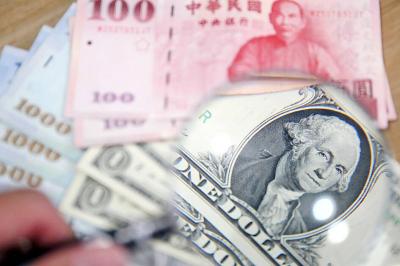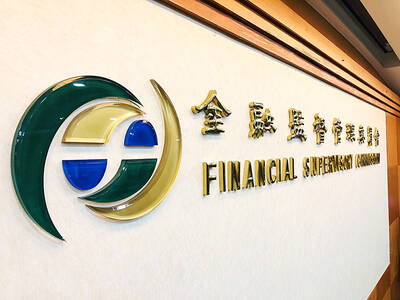From drones and smart cars to remote-controlled door locks and eyewear, the 2014 Consumer Electronics Show promises to showcase the “Internet of Things,” along with gadgets like smartphones and tablets.
The technology extravaganza that plays out each year in Las Vegas has evolved beyond the eye-popping television technology for which it is known, to serve as a stage for once-dumb devices given brains in the form of computer chips and Internet connections.
And smartphones and tablets have become such stars in their own rights, complete with rapid release cycles and exclusive launch events, that the titans in that market tend to leave the CES stage and hordes of press from around the world to gizmos that don’t usually get a spotlight.
“You will see a lot about the Internet of things; all the gadgets that are not a tablet, smartphone or personal computer but are attached to the Internet,” Forrester analyst Frank Gillett said of CES, which officially opens on Tuesday.
“Like your car telling you that you are speeding too much or door locks that you unlock with a smartphone,” he continued. “There are all kinds of gadgety things like that we will see.”
CES organizers are also billing the four-day show as the largest “app event” in the world, complete with hackathons and a mobile applications “showdown.”
“Apps have become an integral part of our everyday lives, from use in phones, computers, tablets and wearable technology,” said Gary Shapiro, president of the Consumer Electronics Association (CEA), which organizes the show.
“The app innovation at CES offers the opportunity for networking, showcasing technology and hackathons focused on this growing tech space,” Shapiro said.
Long a hardware showcase, CES is under pressure to adapt to consumers’ love of digital content and services ecosystems such as the iTunes library tailored for Apple iPhones, iPads, and iPod touch devices, according to Milanesi.
“So you need the health, connected home and other zones to show end-to-end value being delivered through the hardware,” she said.
Apple has made a practice of skipping CES, opting instead to launch products at private events deemed must-attend media affairs. Other major players, such as Samsung and Google, in the smartphone and tablet market have followed suit.
“Last year, CES exhibits went from an Internet fork to connected cars,” Milanesi said. “There is so much, it is easy to get lost in the noise.”
Analysts did expect arrays of smartphones or tablets powered by Google’s freshly-released KitKat version of the Android mobile operating software.
The latest and greatest in television ultra-high definition screens are expected to be on display, but analysts expected them to land in the market with a thud similar to that made by 3D televisions.

The US dollar was trading at NT$29.7 at 10am today on the Taipei Foreign Exchange, as the New Taiwan dollar gained NT$1.364 from the previous close last week. The NT dollar continued to rise today, after surging 3.07 percent on Friday. After opening at NT$30.91, the NT dollar gained more than NT$1 in just 15 minutes, briefly passing the NT$30 mark. Before the US Department of the Treasury's semi-annual currency report came out, expectations that the NT dollar would keep rising were already building. The NT dollar on Friday closed at NT$31.064, up by NT$0.953 — a 3.07 percent single-day gain. Today,

‘SHORT TERM’: The local currency would likely remain strong in the near term, driven by anticipated US trade pressure, capital inflows and expectations of a US Fed rate cut The US dollar is expected to fall below NT$30 in the near term, as traders anticipate increased pressure from Washington for Taiwan to allow the New Taiwan dollar to appreciate, Cathay United Bank (國泰世華銀行) chief economist Lin Chi-chao (林啟超) said. Following a sharp drop in the greenback against the NT dollar on Friday, Lin told the Central News Agency that the local currency is likely to remain strong in the short term, driven in part by market psychology surrounding anticipated US policy pressure. On Friday, the US dollar fell NT$0.953, or 3.07 percent, closing at NT$31.064 — its lowest level since Jan.

The New Taiwan dollar and Taiwanese stocks surged on signs that trade tensions between the world’s top two economies might start easing and as US tech earnings boosted the outlook of the nation’s semiconductor exports. The NT dollar strengthened as much as 3.8 percent versus the US dollar to 30.815, the biggest intraday gain since January 2011, closing at NT$31.064. The benchmark TAIEX jumped 2.73 percent to outperform the region’s equity gauges. Outlook for global trade improved after China said it is assessing possible trade talks with the US, providing a boost for the nation’s currency and shares. As the NT dollar

The Financial Supervisory Commission (FSC) yesterday met with some of the nation’s largest insurance companies as a skyrocketing New Taiwan dollar piles pressure on their hundreds of billions of dollars in US bond investments. The commission has asked some life insurance firms, among the biggest Asian holders of US debt, to discuss how the rapidly strengthening NT dollar has impacted their operations, people familiar with the matter said. The meeting took place as the NT dollar jumped as much as 5 percent yesterday, its biggest intraday gain in more than three decades. The local currency surged as exporters rushed to